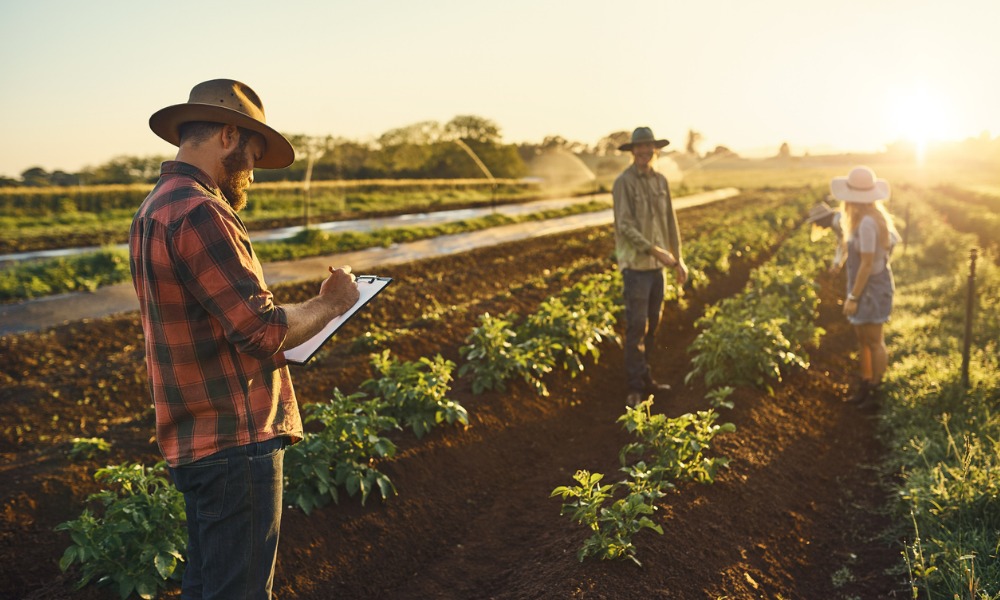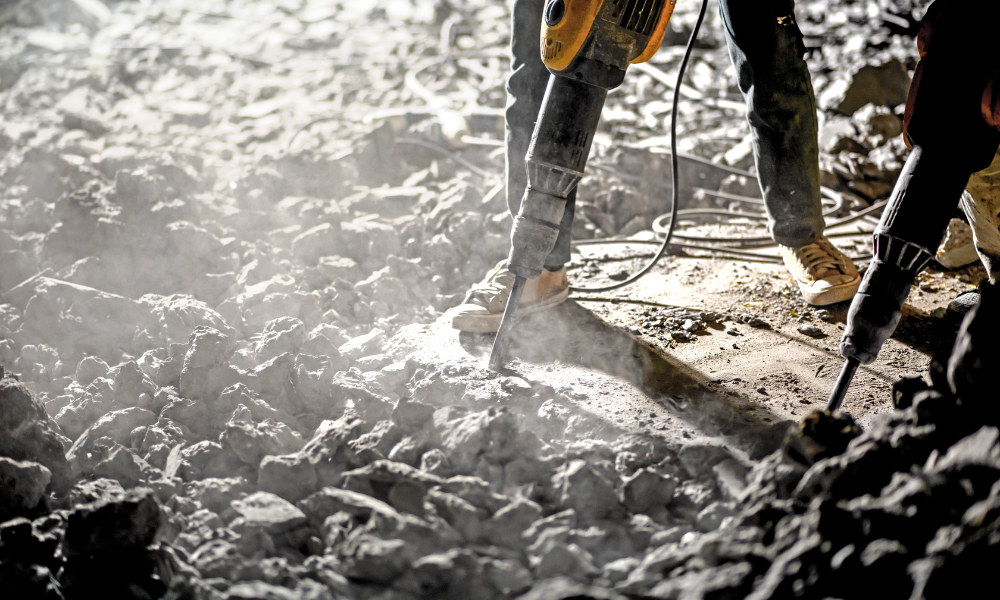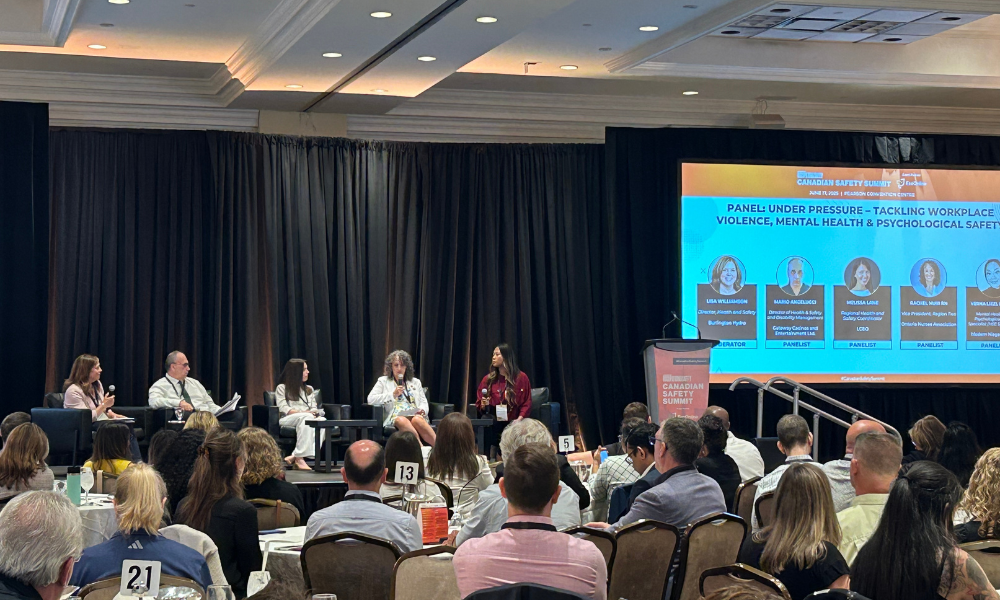Work in sun and heat among biggest hazards for workers

There are a number of occupations where workers are required to work outdoors, especially during the summer seasonal work is even more prevalent. Landscaping, gardening, road work, forestry, lifeguarding, farming, outdoor restaurants or food trucks, greenhouses, outdoor concerts or venues, summer camps, etc. The list is very much non-exhaustive!
This is why it is so important during the warmer months to be aware of the hazards that these workers face and put into measures to mitigate the risks. Many of the hazards are broadly the same across the aforementioned jobs. “Largely, it’s working in the sun as well as the heat,” says Jan Chappel, Senior Technical Specialist – Occupational Health and Safety, Canadian Centre for Occupational Health and Safety (CCOHS).
There may also be hazards stemming from things such as the weather, for example thunderstorm risks may be significant in some occupations.
“It’s important for each sector to do a hazard identification and risk assessment exercise, because it will depend on a lot of things,” says Chappel, for example are workers working with large machinery, or are they near the water? Is there a chance they could be stung by insects, or working from ladders and heights? There are a number of specificities to take into account.
There are a lot of steps that employers can take to protect workers, says Chappel. “It’s about managing exposure to the heat and the sun. It’s also about considering the tasks that people are doing at the same time.” For example, if you’re outdoors and just sitting or standing, it’s very different to if you’re outdoors and shovelling.
Chappel says that workers should be given plenty of water to drink, about a cup every 15 to 20 minutes whether the person feels thirsty or not. And they should avoid drinks that have caffeine and alcohol in them because they can dehydrate workers. “Another aspect is helping people acclimatize, so you gradually increase the workload and heat exposure which gives people time to adjust to working in the heat.”
It is also important to provide breaks. “A lot of organizations may follow a work-rest schedule, so you work for a while and rest for a while – it may be more rest than work depending on the heat at the time, but when you’re resting be sure to do it in a cool area.” Chappel says that workplaces can perhaps provide a shade tent, umbrella, or let the workers rest in an air conditioned building or vehicle.
Another thing that can be done is to schedule the tasks throughout the day so that the heavier tasks are done first thing in the morning or later on in the day. Health Canada says to avoid the sun’s rays between 11 am and 3 pm. Lastly, workers should be provided or encouraged to wear the proper protective clothing such as loose-fitting clothing, UV-rated sunglasses, wide brim hats – and use sunscreen with an SPF of at least 30.
“There are also the education and training components,” says Chappel. “It’s about learning what, for example, heatstroke or sun exposure is, what the symptoms are. A lot of people may not recognize it in themselves so they need a buddy system where they and their co-worker can keep an eye on each other.”
Putting all these measure in place is important because there are some huge risks to working outdoors in the warmer months.
Most health-related risks are related to heat. Heat can put workers at risk for illness, such as heat oedema (swelling), cramps, heat exhaustion, heat stroke, etc. And it can also cause performance issues as well, such as sweaty hands slipping on tools, or equipment being too hot to the touch. And “as the heat burden increases, people tend to feel a little more irritated, they may lose their sense of concentration.”
Extreme weather can also cause issues like wildfire, aside from the immediate danger of the fire, the smoke generated can be hazardous to our health too. In addition, sun exposure in the long-term can lead to additional risks such as skin cancer – which is why clothing, sunglasses, and sunscreen are so important.





